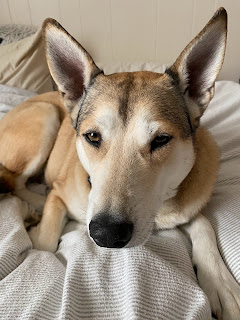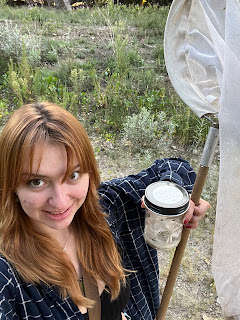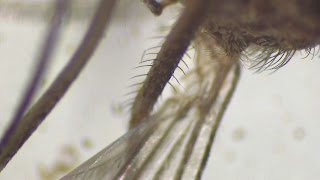Week 4/5
Hey all, sorry I haven't been super up to date on my blog posts it's been crazy over here. These last couple of weeks we have started getting ready to do our Buffalo Turbine treatment spraying which has involved a lot of prep. For reference, the Buffalo Turbine is a sprayer which will spray a treatment in neighborhoods over people's houses. This treatment is not a chemical pesticide but instead is a bacterial larvacide. It contains a larva which will specifically target and kill larvae while remaining harmless to other organisms. As a result we have had to start trapping a few new sites in order to collect baseline data for the spraying. This has been a bit difficult to manage with still having our normal trapping route and IDing but it's been manageable. We also had to pass out letters giving information on the treatment to every resident in the treatment zones which was definitely a lot, but very important. We also grew some mosquito larvae! We grew these to send o...
















